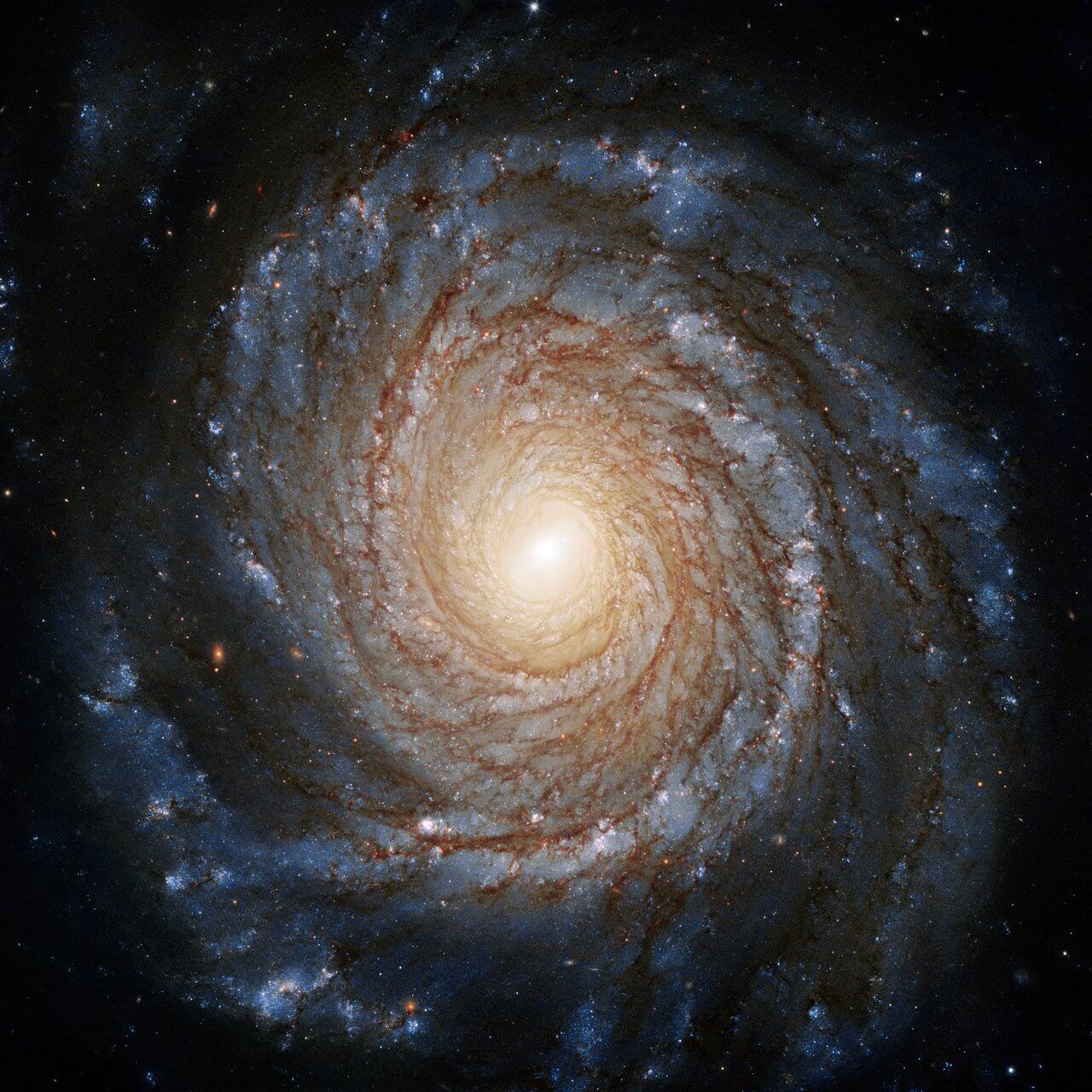Thanks to the sharp vision of the Hubble space telescope, astronomers were able to see a thin disk surrounding a supermassive black hole in the heart of the spiral galaxy NGC 3147, whose presence was a complete surprise to them.
The presence of a disk in a black hole in NGC 3147 surprised us greatly, since it is believed that in its dull active galaxies similar to it, the central gravity monsters are starving because they simply shouldn’t have enough matter to feed them regularly. The discovery clearly refutes the predictions of modern models for such objects.
Until today, it was believed that a well-visible disk of gas and dust cannot exist in the vicinity of “starving” supermassive black holes, similar to the one that lives in the center of the Milky Way. However, as Hubble has shown, this is not the case. According to astronomers, the detected small thin disk in a sleeping black hole in NGC 3147 is completely similar to those found in the centers of extremely bright and active galaxies, but much smaller.
The discovery is also interesting because it provides a unique opportunity to test the theory of relativity by Albert Einstein. In accordance with them, the disk tightly surrounding the black hole is so deeply immersed in its intense gravitational field that its light is distorted, therefore the observation of this object provides a unique view of the dynamic processes at the event horizon.
We have never seen the effects of general and special theories of relativity in visible light with such clarity.
-Marco Ciaberge, co-author of the study at Johns Hopkins University (USA)
According to astronomers, the material in the disk rotates around a black hole at a speed of more than 10 percent of the speed of light, because of this it seems that the gas becomes brighter as it moves to the Earth and, conversely, weaker when it moves away from us. This effect, known as the relativistic glow, is a bit like a lighthouse.
In addition, according to Hubble, the disk is so deeply immersed in a gravitational pit that light, struggling to leave the attraction of a black hole, stretches, shifting to the red side of the spectrum.
We managed to get intriguing data about a disk located very close to a black hole, so close that the speed and intensity of a gravitational effect affect how we see photons of light.
-Stefano Bianchi, lead author of the study from Roma-Tre University (Italy)
Astronomers note that in the future they plan to continue searching the other compact disks with Hubble around black holes with low luminosity in active dim galaxies similar to NGC 3147.
A mysterious disk surrounding a supermassive black hole
Click To Tweet
The post A mysterious disk surrounding a supermassive black hole appeared first on Upcosmos.com.
